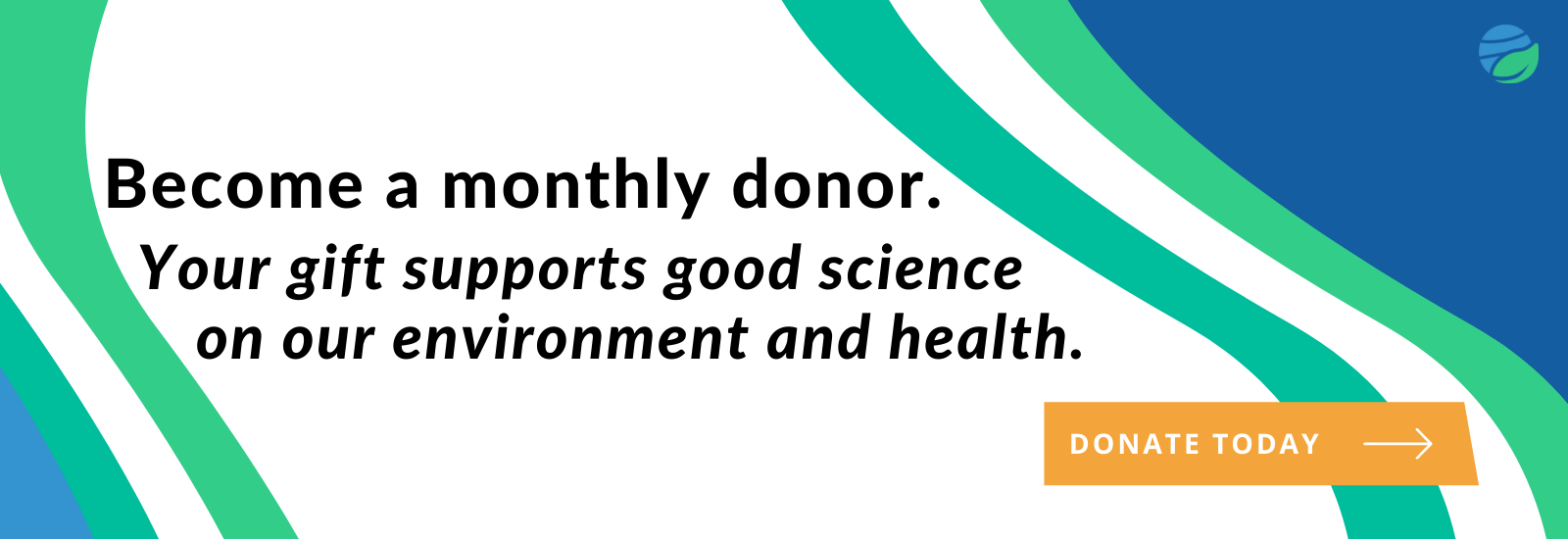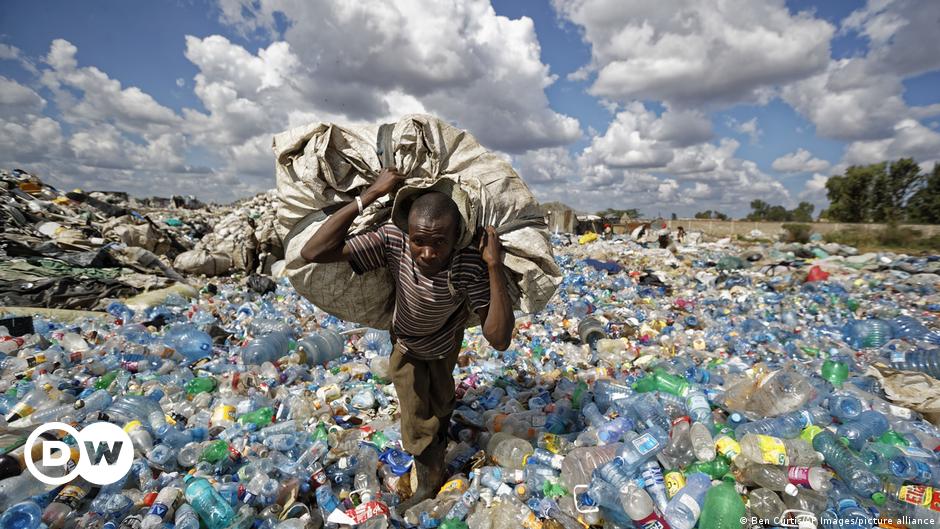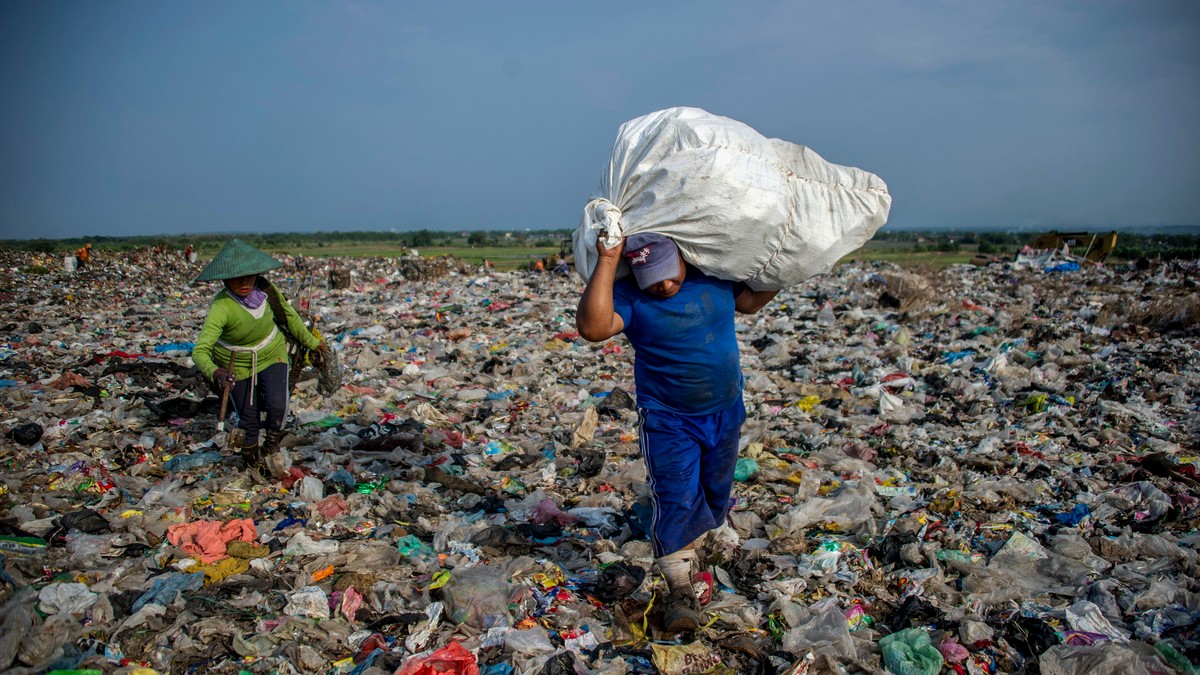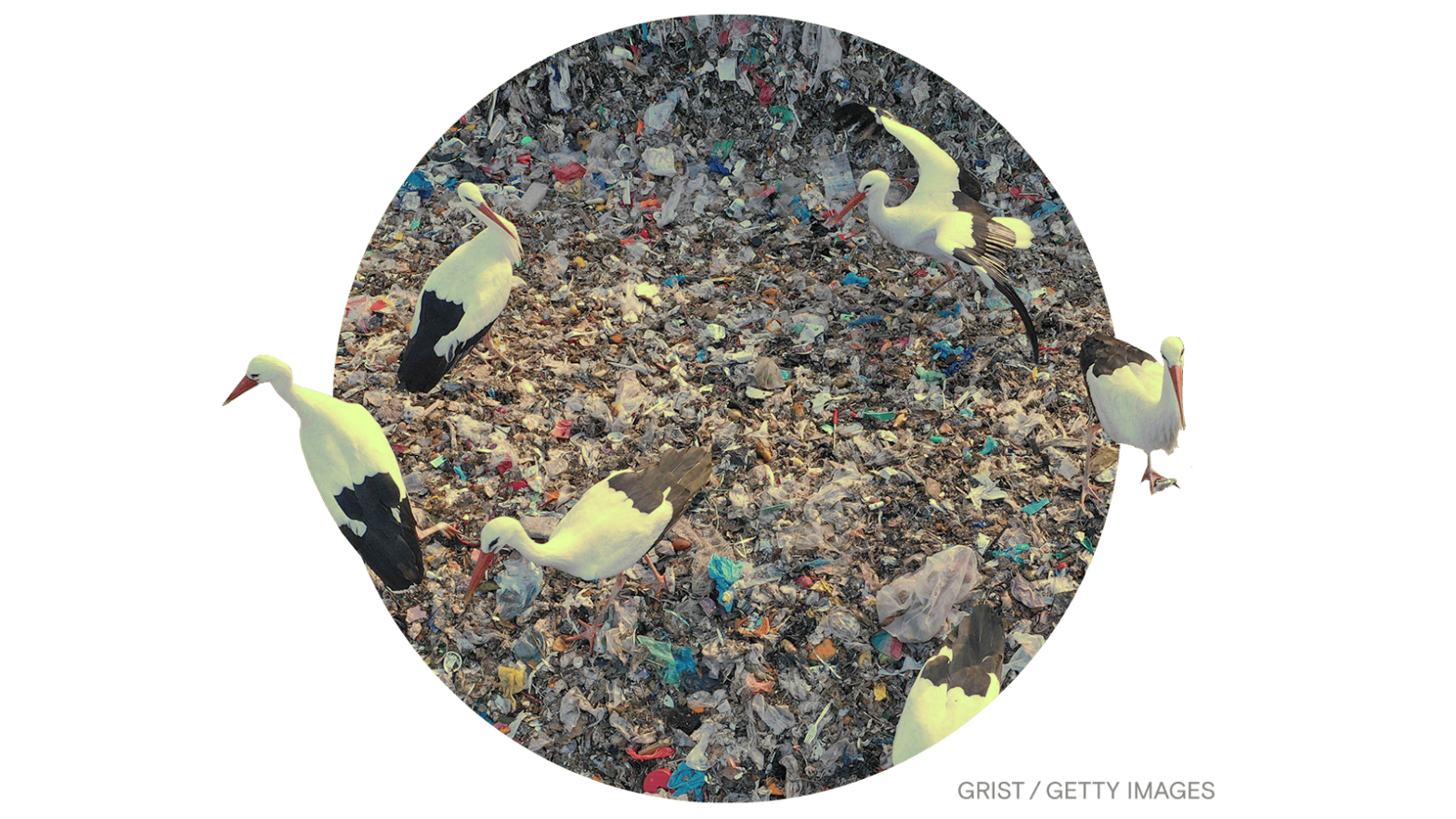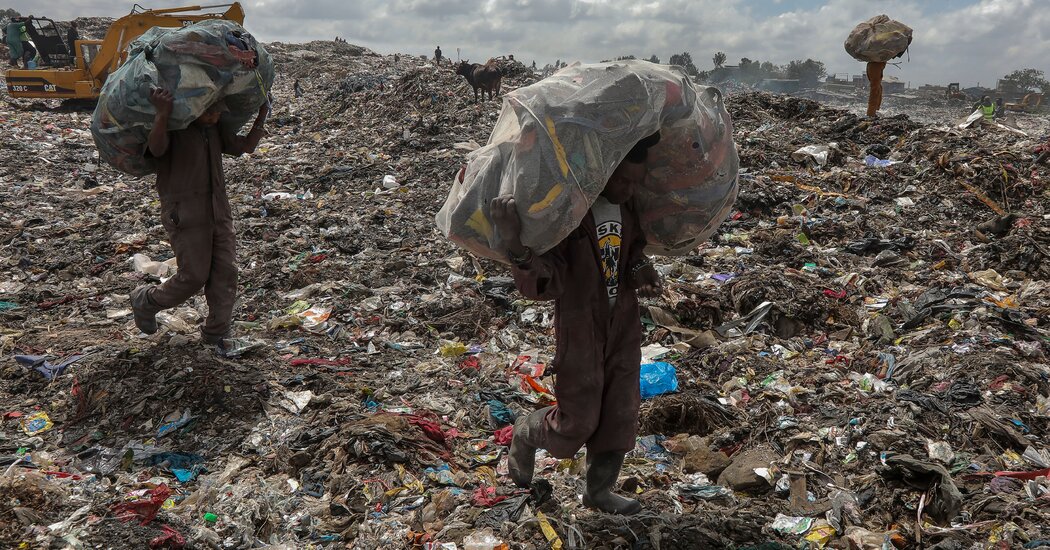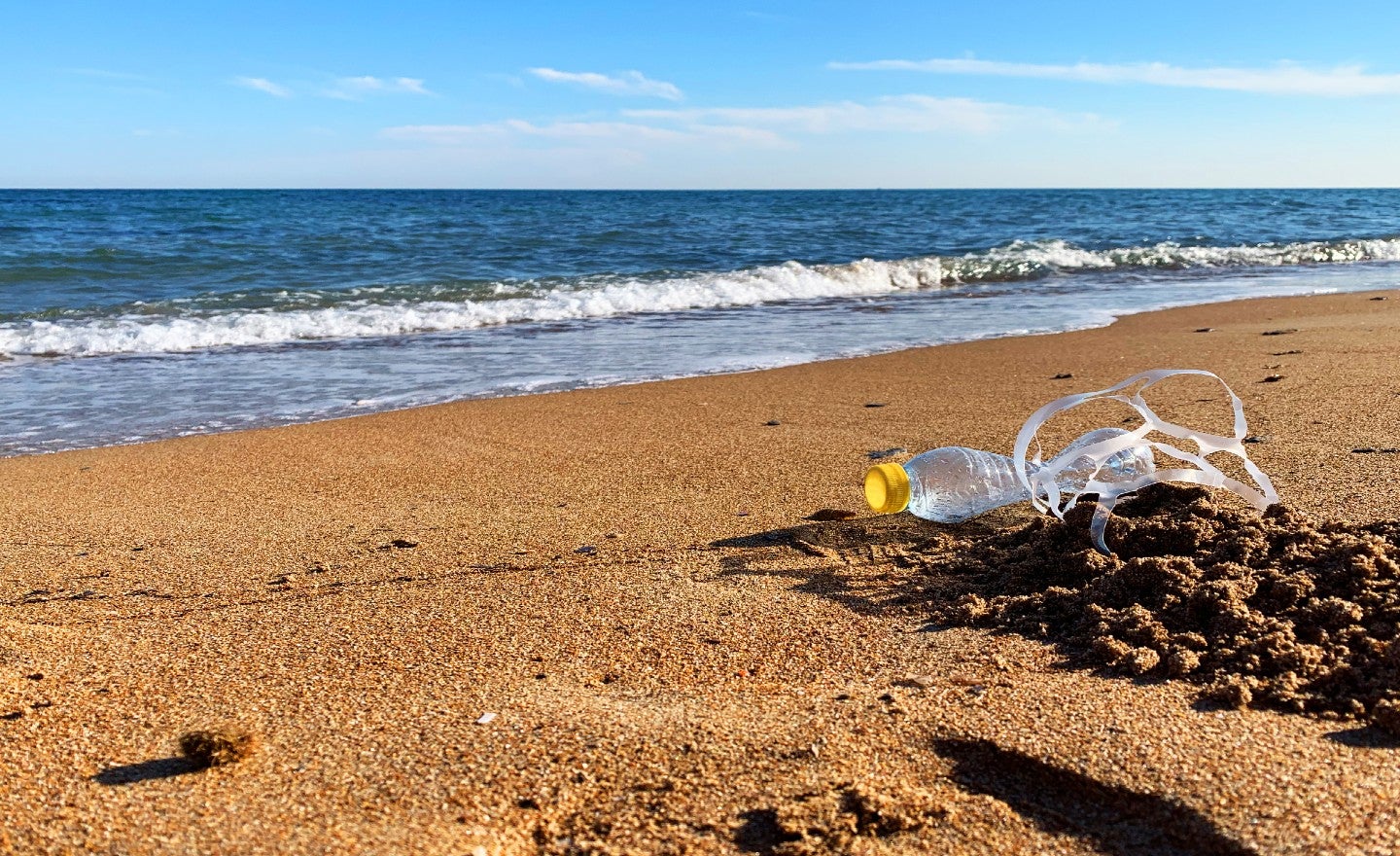Toxic PFAS are often added into consumer products to make items stain- or water-resistant. But mounting evidence indicates that many products made without the intentional addition of PFAS are also contaminated.
Researchers say these products may unintentionally become contaminated with PFAS, short for per- and polyfluoroalkyl substances, during the manufacturing or distribution process, raising concerns about entry points of PFAS into the supply chain that are not yet fully understood.
PFAS are linked to negative health outcomes including some cancers, reproductive problems, and birth defects, among others. Some manufacturers, such as cosmetics companies, will disclose the addition of the chemicals so consumers can determine their own exposure.
What’s harder to avoid, however, are those products that contain PFAS even when the manufacturers themselves may not know. Because of the widespread use of PFAS across industries, there are many ways that these “forever chemicals” can contaminate consumer goods—including manufacturing lubricants and coatings, misidentified raw materials, pesticides, personal protective equipment, and plastic packaging.
Marta Venier, an assistant professor at Indiana University who studies the transport of PFAS, told EHN that the high number of uses of PFAS in manufacturing means that products move through a “jungle” of possible contaminations before reaching the consumer.
PFAS contamination during manufacturing
Venier said it’s possible that coatings or lubricants used on manufacturing equipment or in factories can contain PFAS, which then transfer to the products made in such facilities. In such cases, the level of PFAS that is transferred to the product is low, but detectable, said Venier. Venier and Miriam Diamond, an environmental chemist at the University of Toronto, mentioned conveyor belt lubricant as a possible PFAS source.
Rainier Lohmann, an atmospheric chemist at the University of Rhode Island, also pointed to the possibility of contamination from slip agents—substances used in manufacturing to help mass-produced products slide easily out of molds.
In order to manufacture plastic goods, plastic pellets are melted, then extruded through a nozzle into a mold. Justin Boucher, the operations director of the Food Packaging Forum, thinks this could also be an entry point for PFAS. “To keep the plastic from gunking up these nozzles, they’re adding some kind of additives that contain PFAS,” he told EHN.
“You can basically go through almost the entire manufacturing chain and find several instances where you have this possibility that somewhere, PFAS has contaminated a product,” Lohmann told EHN. “It’s very difficult to figure out where that’s from, because they’re so ubiquitous.”
In other instances, said Venier, manufacturers may unknowingly create products with raw material that contains PFAS. “[Some] manufacturers buy their chemical products from intermediaries,” she said. “So they think that they are buying intermediary products that are PFAS free, when, in reality, they are not.”
There can also be PFAS in personal protective equipment or clothing that workers in manufacturing plants or food processing plants wear, particularly in gloves, which Lohmann and Venier said could be a possible area of concern.
To understand how PFAS in worker clothing and on equipment can accidentally contaminate products, Lohmann uses the analogy of a muffin tin with non-stick spray. Before baking, one sprays the muffin tin; after baking, the muffin is removed—with an oily sheen coating the bottom.
That ease of transfer makes it difficult to determine exactly how products get contaminated.
Incidental PFAS in food products
A 2017 study by the Green Science Policy Institute tested about 400 pieces of food packaging and found indications of PFAS in 40% of the items. (Credit: hewy/flickr) Because PFAS bioaccumulates in mammals, unintentional contamination can be a concern in animal products as well. A 2019 study at the U.S. Department of Agriculture examined levels of PFAS in the blood and tissue of cattle in a New Mexico herd that was accidentally exposed to the toxics in contaminated water. Given the widespread nature of PFAS contamination in water, it is likely that similar unintentional exposure is a concern for animal agriculture across the country, said Venier.PFAS are also used in different parts of agriculture and land management. PFAS in pesticides that contaminated water in Pepperell, Massachusetts, last May came from a liquid-repellent coating on the inside of the container used to store the pesticides. There is not always proper communication between companies in the chemical supply chain, said Boucher, which can make it impossible to know whether PFAS exist in certain agricultural inputs. PFAS can also unintentionally contaminate food through packaging, specifically when packaging is made from recycled materials. Because PFAS are such persistent chemicals, they can accumulate in recycled paper or wood pulp, either because the recycled material was coated in PFAS or came into contact with PFAS unintentionally.A 2017 study by the Green Science Policy Institute tested about 400 pieces of food packaging and found indications of PFAS in 40% of the items. If recycled, such PFAS-containing food packaging products would be reconstituted into other PFAS-containing products, perhaps without the knowledge of the manufacturer. “So if you’re allowed to use recycled pulp in food contact, paper, and board packaging, and you don’t have total control or oversight over what material was recycled, you don’t always know what chemicals were present,” said Boucher. Whether or not manufacturers are able to monitor the levels of PFAS in wood or paper pulp they are buying, he said, is unclear.
What manufacturers can do about PFAS contamination
Testing products for PFAS is still a relatively new field of science. However, some studies have indicated that non-intentional contamination is a growing problem.A 2021 study that tested hundreds of cosmetic products for PFAS found the chemicals in many products that didn’t list fluorinated compounds (an indicator of PFAS) in the ingredients, while other research has indicated that food packaging and paper products can contain non-intentionally added chemicals by way of certain inks and adhesives.In addition, recent testing by the wellness site Mamavation, partially supported by EHN.org, has found evidence of PFAS in makeup and clothing, including in many brands that are marketed as PFAS-free.The main problem, said Lohmann, is not necessarily manufacturer negligence but lack of awareness. Once manufacturers are aware that they are using PFAS in their manufacturing process, they can switch to alternative processing agents, like PFAS-free lubricants. There’s ample motivation for manufacturers to do this: “Being associated with PFAS is not something that most brands want to have these days,” he said. Boucher said manufacturers are “looking, and in some cases they’re finding, alternatives. My thinking is that the demand is going to grow for these PFAS-free alternatives across the whole processing chain.” While unintentional contamination usually results in low levels of PFAS on the consumer end, recognizing possible non-intentional entry points still provides an opportunity to limit exposure, which is especially important for people already experiencing high levels of PFAS. Additionally, said Diamond, the wide use of PFAS in manufacturing is already a concern for worker health. “We don’t spend enough time considering how the people who make our stuff are exposed,” she told EHN.From Your Site Articles

